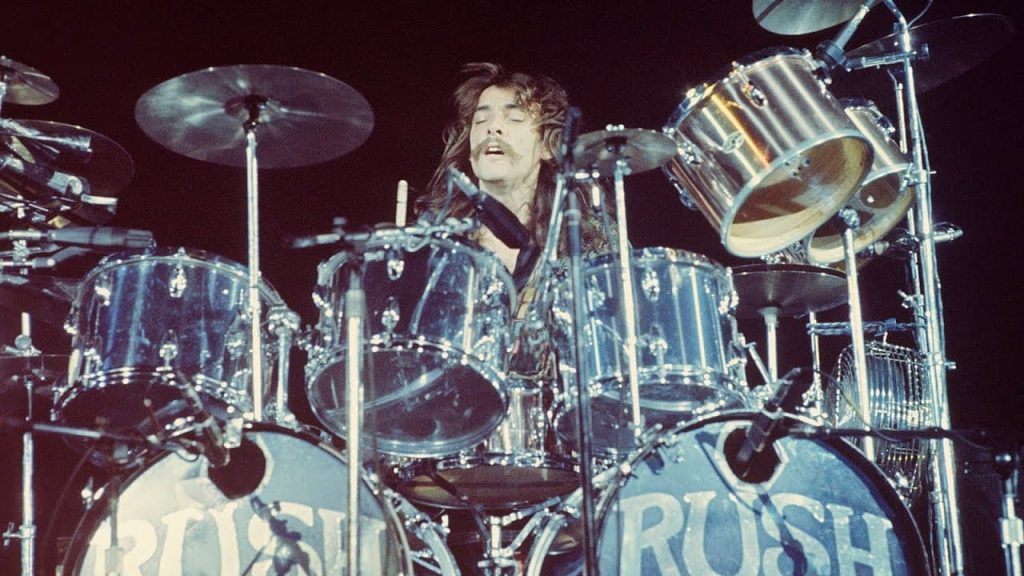
An Anthem for the Everyday Hero, Carved in the Fires of Hard Rock
Few songs capture the spirit of the blue-collar working class with as much raw power and authenticity as “Working Man”, the closing track from Rush’s 1974 self-titled debut album. Long before the band delved into the complex progressive rock that would define their later years, they delivered this unapologetic, riff-heavy anthem that spoke directly to the everyday struggles of laborers grinding through life. “Working Man” became an instant crowd favorite, catapulting Rush into the spotlight and earning them a devoted fanbase—particularly in the industrial heartlands of North America, where its themes resonated deeply.
Upon its release, “Working Man” quickly gained traction thanks to the support of WMMS, a Cleveland rock radio station, which picked up the track and played it relentlessly. The song struck a chord with factory workers, truck drivers, and blue-collar listeners, who saw their own daily grind and aspirations reflected in the lyrics. Though Rush was a Canadian band, the song found a spiritual home in working-class America, particularly in cities like Cleveland, Pittsburgh, and Detroit, where hard rock and heavy metal were already deeply embedded in the culture.
Musically, “Working Man” is a monolithic slab of early-’70s hard rock, drawing clear influences from Led Zeppelin, Deep Purple, and Cream. The song is driven by Alex Lifeson’s towering, blues-infused guitar riff, which is as raw as it is anthemic, giving the track a gritty and unpolished energy that made it stand out. Geddy Lee’s wailing vocals, reminiscent of Robert Plant, add urgency to the song’s straightforward lyrics, which depict the monotony of working life and the desire for escape. And then, of course, there’s the searing guitar solo, one of Lifeson’s most celebrated moments—so much so that Guitar World magazine placed it among the 100 Greatest Guitar Solos of All Time.
At the time of “Working Man”’s recording, Rush had yet to develop the intricate, conceptual sound that would define albums like 2112, Hemispheres, and Moving Pictures. This was the band in its rawest form—three musicians crafting heavy, riff-based rock in the vein of their British idols. It was also the final album before the arrival of drummer and lyricist Neil Peart, whose presence would dramatically shift their direction. But even in its pre-Peart era, Rush showcased the musical chemistry that would propel them into rock history.
One of the most fascinating aspects of “Working Man” is its enduring presence in Rush’s live performances. Despite the band’s evolution into a progressive rock powerhouse, the song remained a setlist staple throughout their career. Geddy Lee has openly admitted that “Working Man” is his favorite song to play live, and it’s easy to see why: with its pounding rhythm, mammoth riff, and extended instrumental section, it provided the band a platform for pure, unfiltered energy, allowing Lifeson to shred freely and the rhythm section to lock into an irresistible groove.
Though Rush would go on to write far more complex and cerebral material, “Working Man” never lost its importance to the band or its fans. It is a song that speaks to the everyday struggles of ordinary people, wrapped in the power of classic rock’s most electrifying elements. Even decades after its release, it remains a timeless tribute to those who punch the clock, work their hours, and dream of something more—a song that, for many, feels just as vital today as it did in 1974.